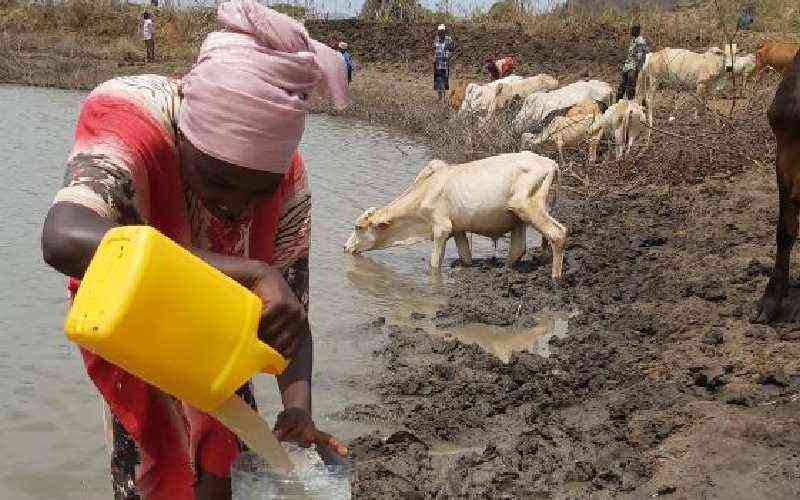×
The Standard e-Paper
Smart Minds Choose Us

As drought continues in more than 10 countries, many families say they face uncertain times. [Antony Gitonga, Standard]
Agricultural land in the lower Eastern region has continued to dry out, becoming more barren as weather patterns keep on shifting due to climate change.